Auto-tecture: Unique Designs for the Contemporary Garage
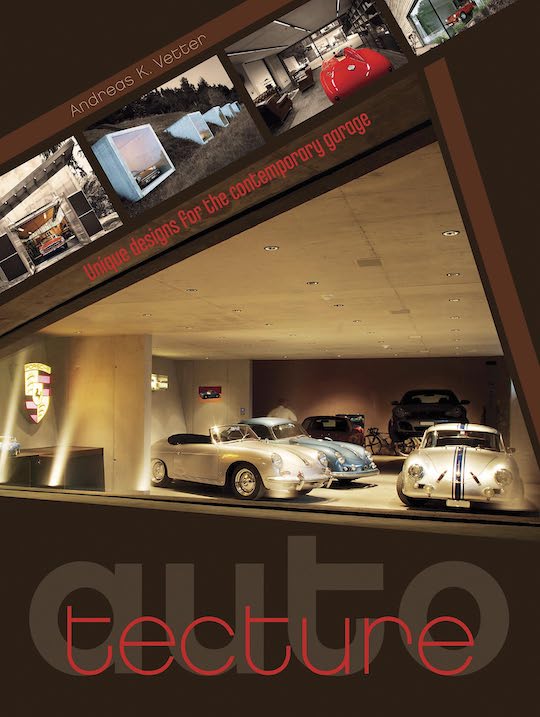 by Andreas K. Vetter
by Andreas K. Vetter
“If clothing makes the man, as the saying goes, so does the house and car. The choice of whether to simply stow away your vehicle or present it with style is a personal one. However, the variety of options for doing so suggests that, with a little bit of planning and design finesse, you can have an attractive place to park your ride.”
Who wouldn’t want a Ferrari? In their living room?
Failing that, how about a swank sofa in the garage? If this gives you ideas, this book offers a look at what 40 other people have done to bring their cars into their homes. Most of them are in Germany (this being a German book originally, Haus und Auto, ISBN 978-3766720399), another dozen elsewhere in Europe, three in Japan, and two in the US.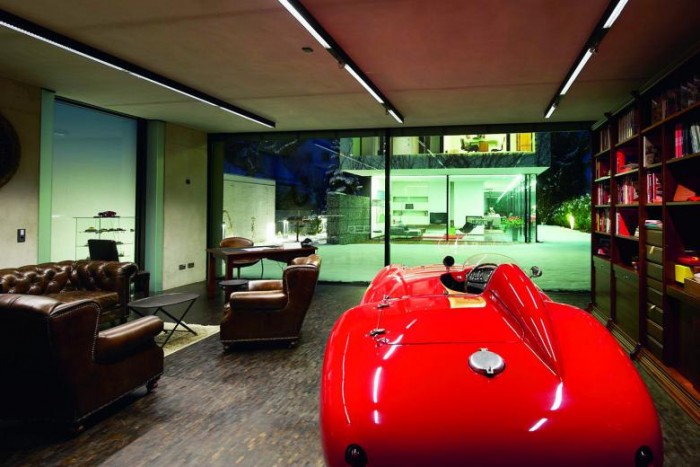
What will strike especially US readers is how small the European houses are; one is a mere 220 sq ft—half the size of a barebones US garage! But, that’s the point of this book: size matters less than clever design. And speaking of clever: a Swedish project involves a carport for a hybrid car that gets its hydrogen supply while supporting the power needs of the whole house with its energy cell. (A novel thing in 2015 when this book came out!)
But, back to that Ferrari in the living room. There are quite a few Ferraris in this book to be sure, but there’s also what looks to be a Chrysler Sebring convertible (in Switzerland, so fairly exotic there) and, unmistakably, a 1950s humpback Volvo. The cars shown here are parked in, under, on top of, or near their minders’ spaces. From a single vehicle to a collection of 32, from a simple roof over the head to the entire house angled precariously over the parking spot to glass-encased showroom-like palaces with their own car elevators, there is such variety here that one struggles to see how they could all fall into the category of the “mid to upper price ranges” unless that covers a quite extreme spread.
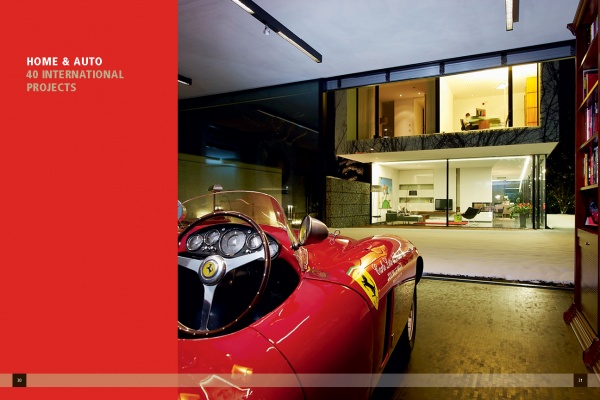
Author Vetter (b. 1964) teaches art history and cultural history at the Detmold School for Architecture and Interior Design in Germany. He was a student of those two disciplines, but also the law and history so he has an uncommonly wide frame of reference. Looking at the different solutions here one often gets the feeling that they are answers to questions few are asking, and that they are driven by architecture-minded people more than car folk. The common denominator here is “display;” all the spaces are highly curated. None of them are working garages—there’s not so much as an oily rag or even a lawnmower or the kid’s bicycle in sight.
For those readers who feel this is the way to go, the book offers floor plans at 1:200–1:400 scale, commentary about design and construction, location, architect and other specifics. Addresses for all the architectural firms are listed at the back of the book, along with a list of suggested titles for further reading.
If all this sounds new-fangled or overblown, the Preface that looks at garages through the ages demonstrates that there has always been a desire if not a need to do more than just leave the trusty steed out in the rain.
Copyright 2025, Sabu Advani (speedreaders.info).


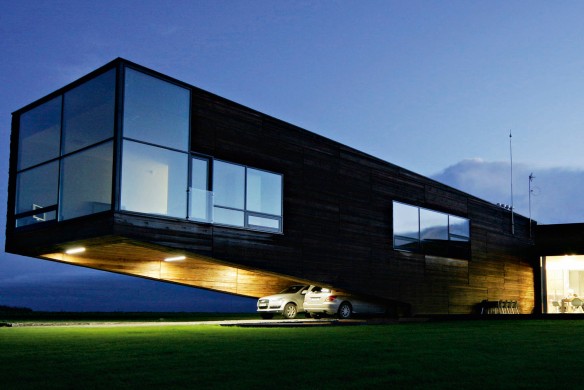
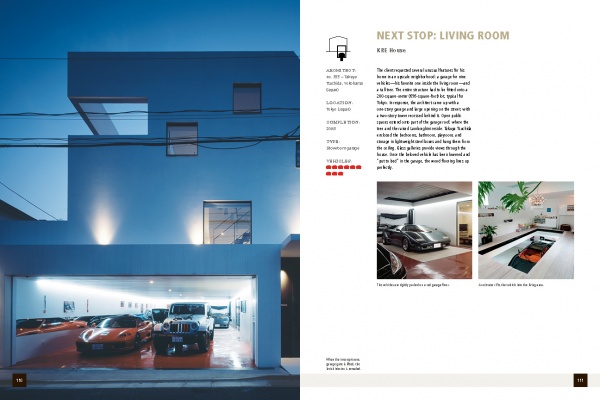
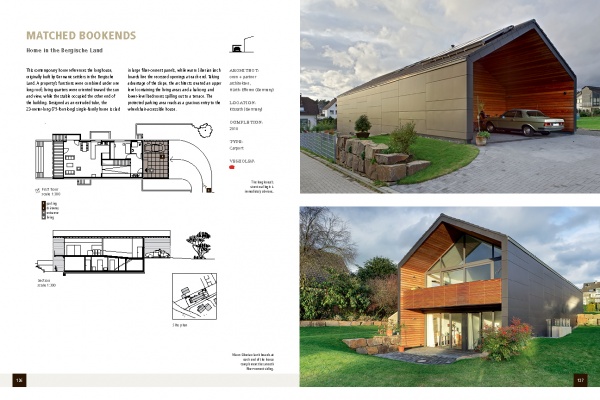
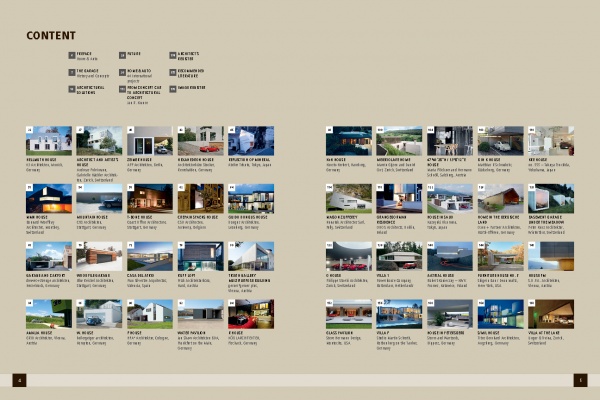
 RSS Feed - Comments
RSS Feed - Comments






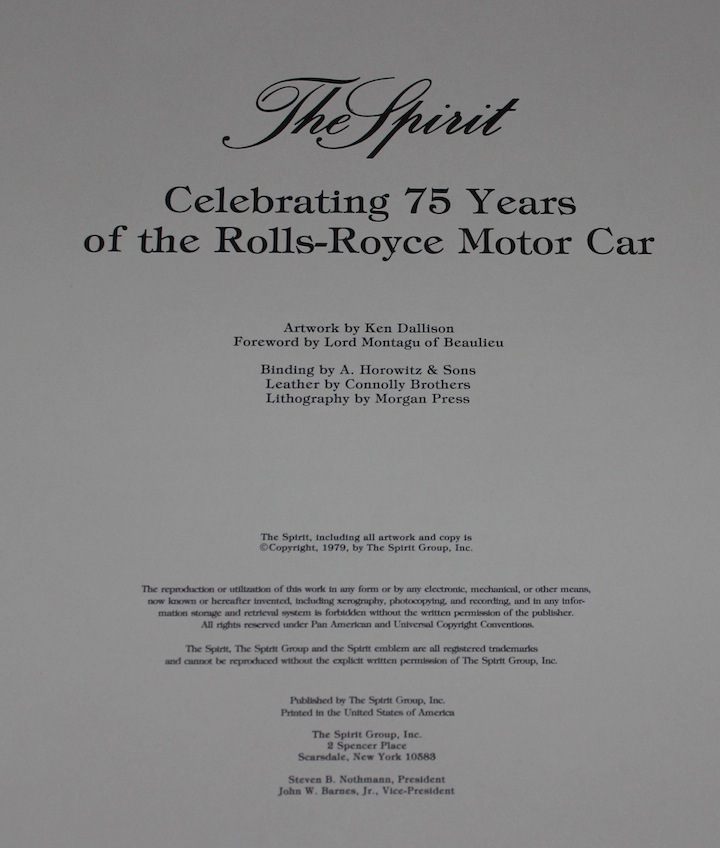









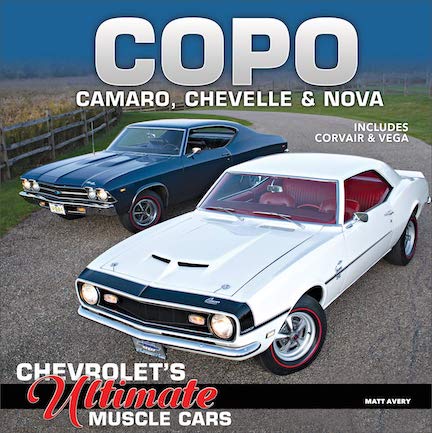








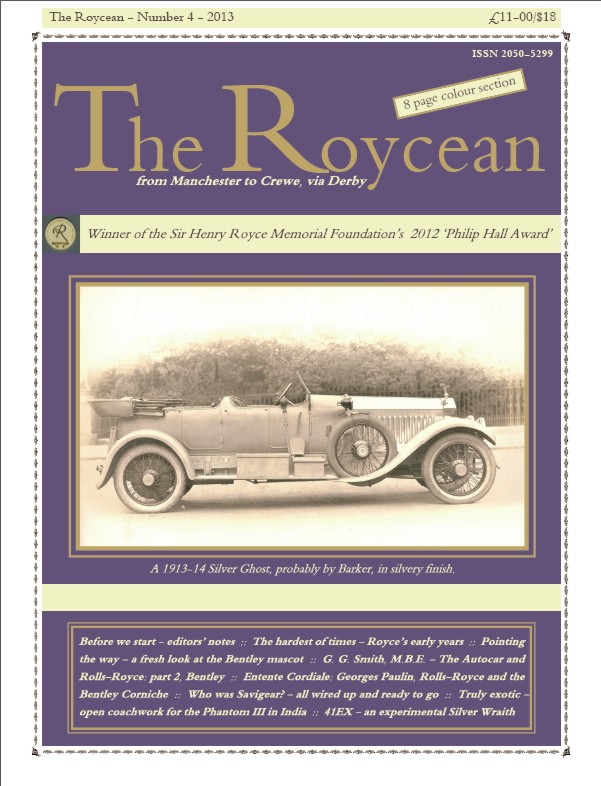






























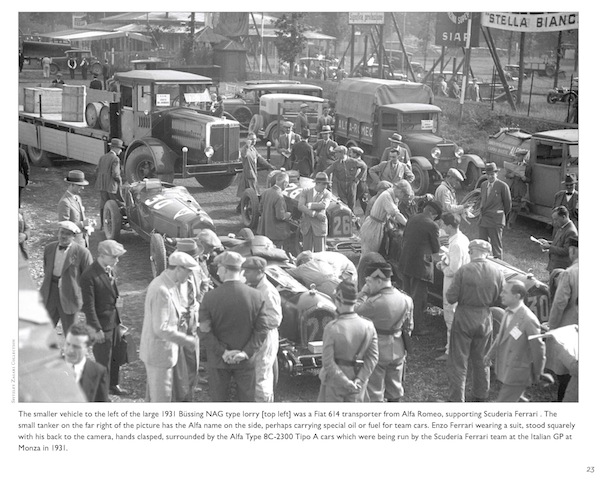













 Phone / Mail / Email
Phone / Mail / Email RSS Feed
RSS Feed Facebook
Facebook Twitter
Twitter